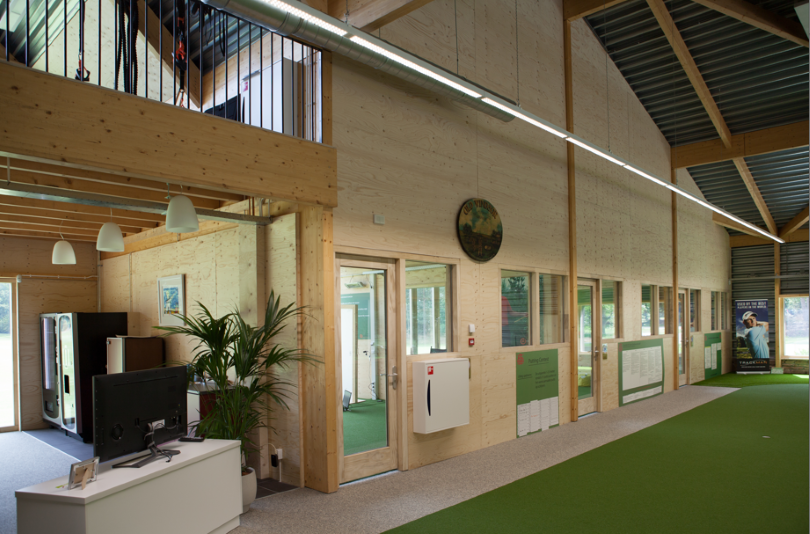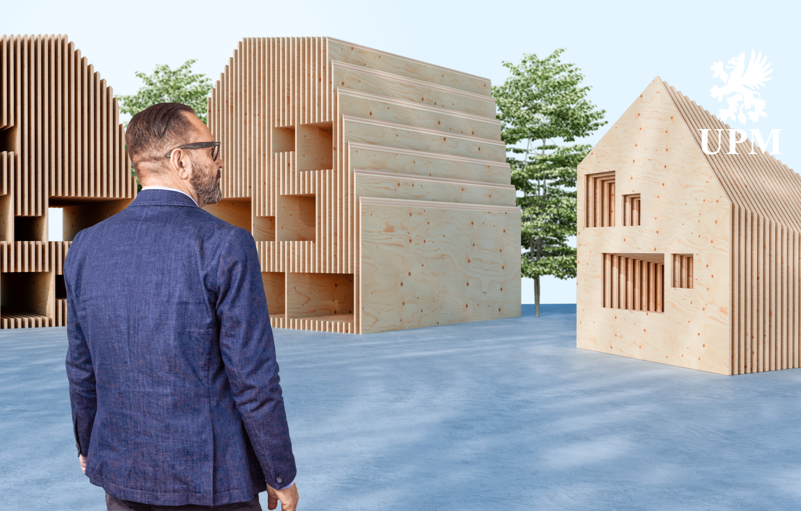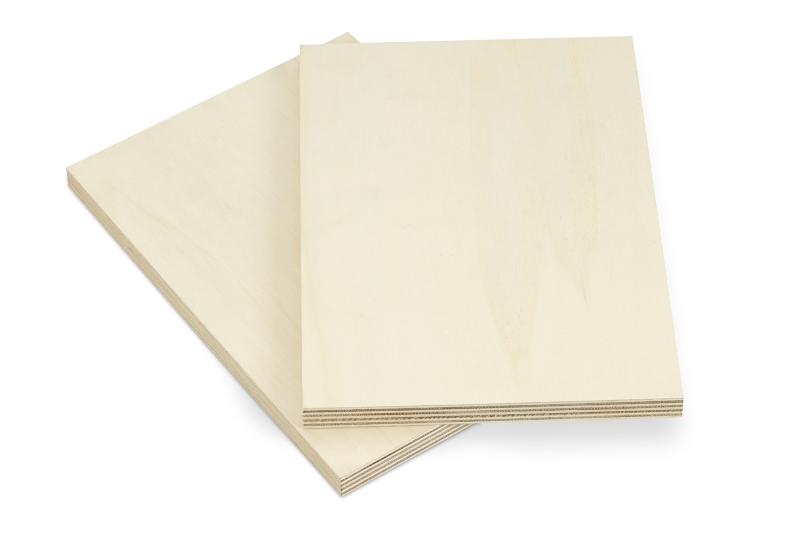
Stu Devoil, Group Head of Marketing at James Latham, considers the current plywood supply issues and what alternatives merchants and their trade customers should be looking for.
The Russia-Ukraine war has had a massive effect on access to a large number of timber products, particularly birch plywood. Whilst it’s true the majority of birch world stocks come from Siberia, there’s a misconception that because the UK no longer has access to this particular supply chain, this material is now out-of-reach to most world markets including the UK.
Thankfully, that’s not the case. In fact, there are a wide variety of alternative birch ply suppliers to be found across Europe, producing for the last 100 years to exactly the same standards as Russian counterparts, and at a competitive price point. Whether from Latvia, Estonia, Poland or Finland, there are other suppliers ready to step into the breach. For example, looking at our own portfolio, I immediately think of UPM’s Finnish WISA-Birch range (pictured below), which is of excellent quality and in regular supplies to ourselves.

What to avoid
However, whilst like-for-like alternatives are available, the shortages caused by the conflict in Eastern Europe have unfortunately also seen a rise in lower quality and even imitation products. So, it’s important to remember not all birch ply is manufactured equally and you should tread with caution when approaching non-Russian ply.
Whilst you can be sure that EU-sourced products have undergone the strictest testing and quality control, the same cannot be said for cheap, less credible imports being seen by some as an identical replacement for Russian ply at a lower price. Let’s get this straight now, it’s not, and here’s why.
As readers will know, plywood is a multi-layer product in which the grain of each layer of veneer is alternated crosswise to create a strong surface. In Russia and Europe this is 11-13 plies for 18mm, whereas cheaper Asian imports only incorporate seven. Superficially, you might think you’re buying a better value alternative, but you’re actually purchasing an inferior one, on every level.
Even worse, our dedicated ply team has heard that some producers in Turkey, Kazakhstan and China are using individual laminates of Russian birch, which are then manufactured into plywood sheets ‘in country’ to make a finished product. This is neither good quality or, for that matter, legal, and should be avoided at all costs.
So, my advice is: if you’re looking for a like-for-like non-Russian ply, stick with officially certified European replacements to avoid potential disappointment when the cheap substitute doesn’t meet expectations.
Other alternatives
That’s not the whole story when it comes to alternatives to Russian birch ply. Recent improvements in plywood performance and composition have also resulted in other, similar, sustainable products within the category. These new materials, which use a variety of different timber veneers, offer the same quality as birch ply, creating a broader selection to reduce the impact of supply shortages.
One of these is Garnica’s maple-faced Globulus, one of the most exciting new ply products available. Created in response to the recent turmoil in the birch ply market, Globulus is an industry first. Essentially, it enhances the properties of poplar ply, a softwood, by alternating each layer with a robust blue gum eucalyptus veneer match, competing toe-to-toe with its birch counterpart for strength.
With a slightly pinker face, opposed to the creamier birch, in a long grain format, a look currently popular in the specification market, it offers a near identical alternative at a very similar price point to Russian birch and non-Russian birch.
 There’s so much going on, and I’ve only scratched the surface of what’s coming on stream in terms of timber. However, having registered some concerns around birch ply availability, we felt it’s important to use this opportunity to offer assurance that there are plenty of options available.
There’s so much going on, and I’ve only scratched the surface of what’s coming on stream in terms of timber. However, having registered some concerns around birch ply availability, we felt it’s important to use this opportunity to offer assurance that there are plenty of options available.
In most cases, these alternatives offer the same, if not better, quality than those products which are currently out of reach. Furthermore, as with Globulus and Weathertex, the scarcity of one material is creating the space for other high-performance timbers to come onto the market.
Ultimately, it’s about working with trusted suppliers. Unfortunately, the international situation has also seen a lot of inferior products come onto the market, from questionable sources. So, I’ll finish by reiterating the importance of working with materials partners who can prove their claims and credentials.
A best practice operator will have nothing to hide, and ensure you only receive the highest quality materials when searching for a suitable alternative, especially for Russian birch ply.
Click here for more information James Latham’s portfolio of products and support services for merchants.









